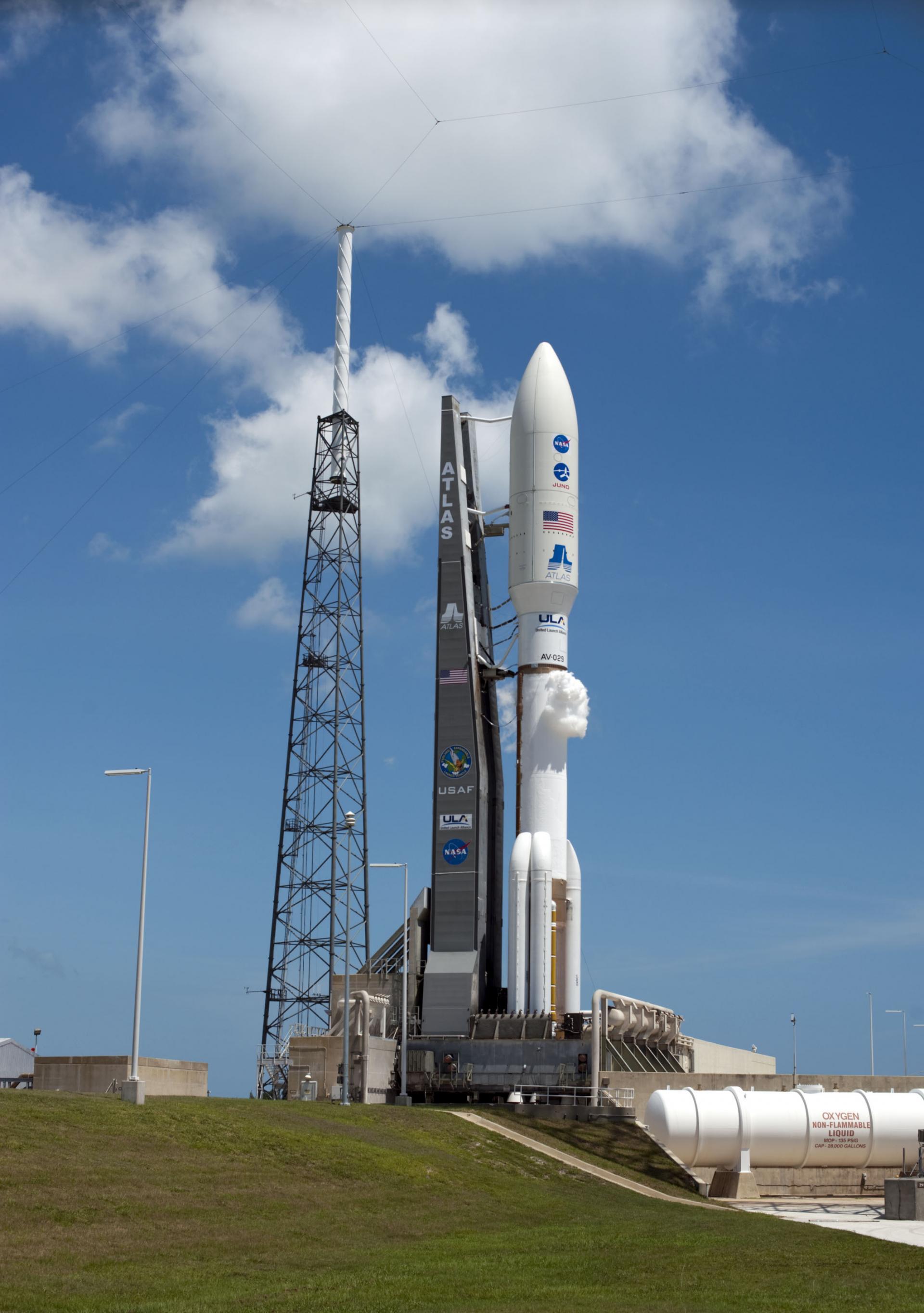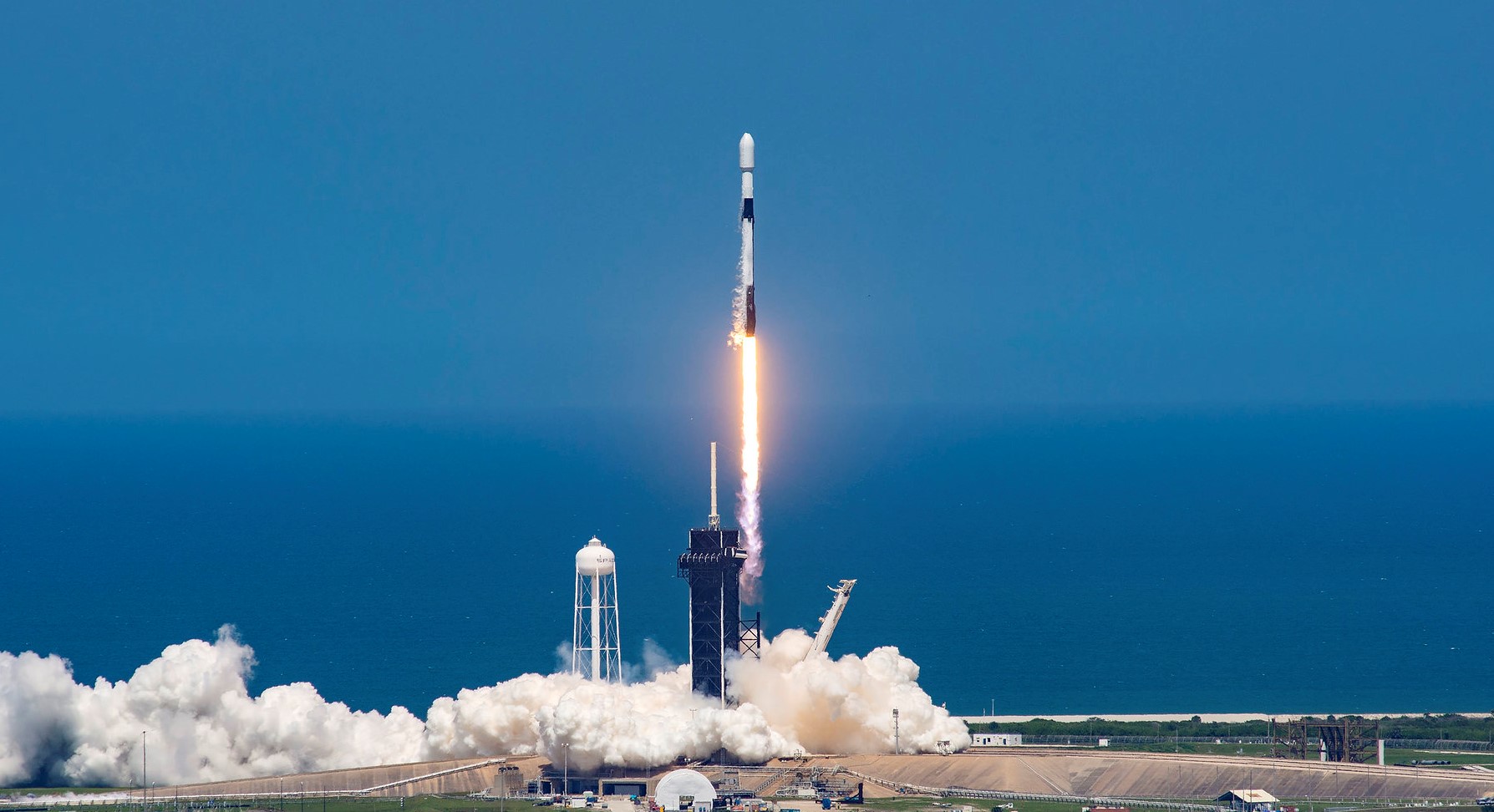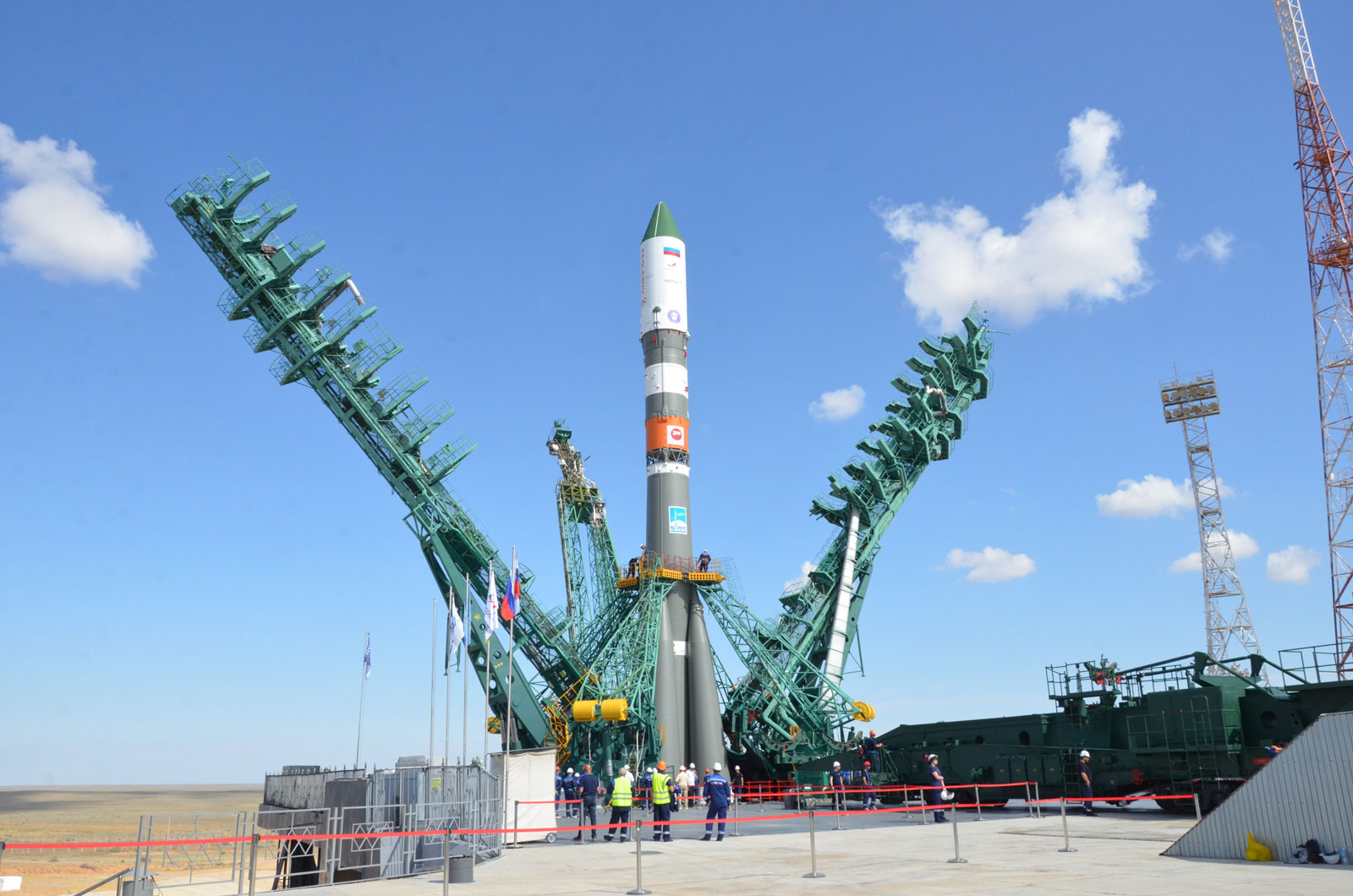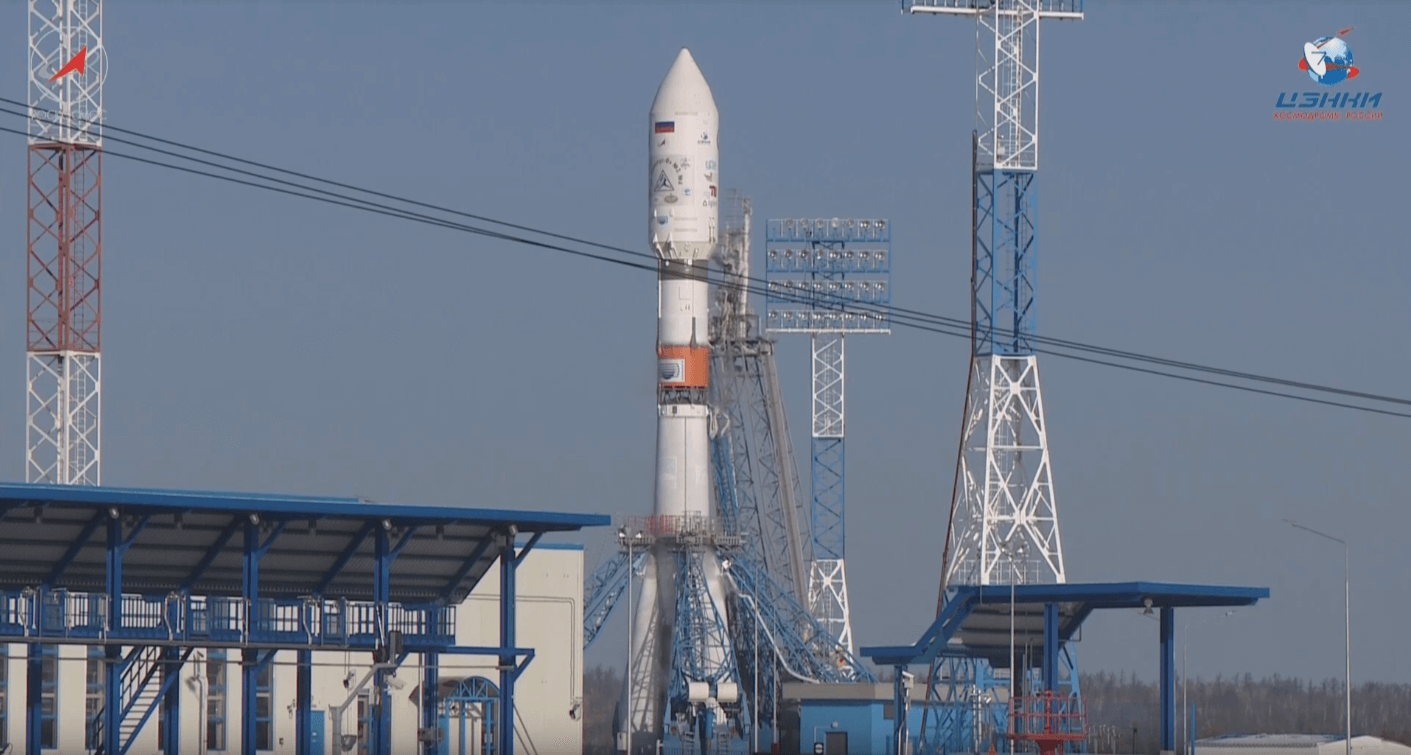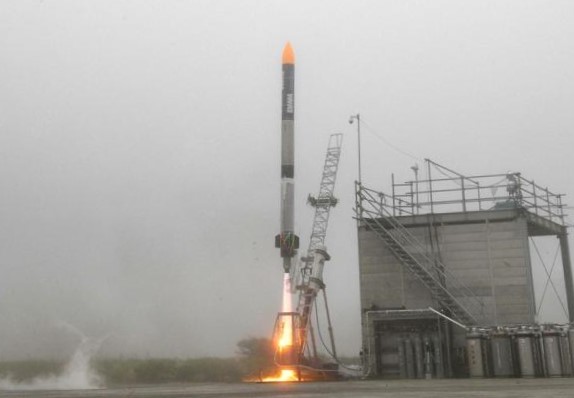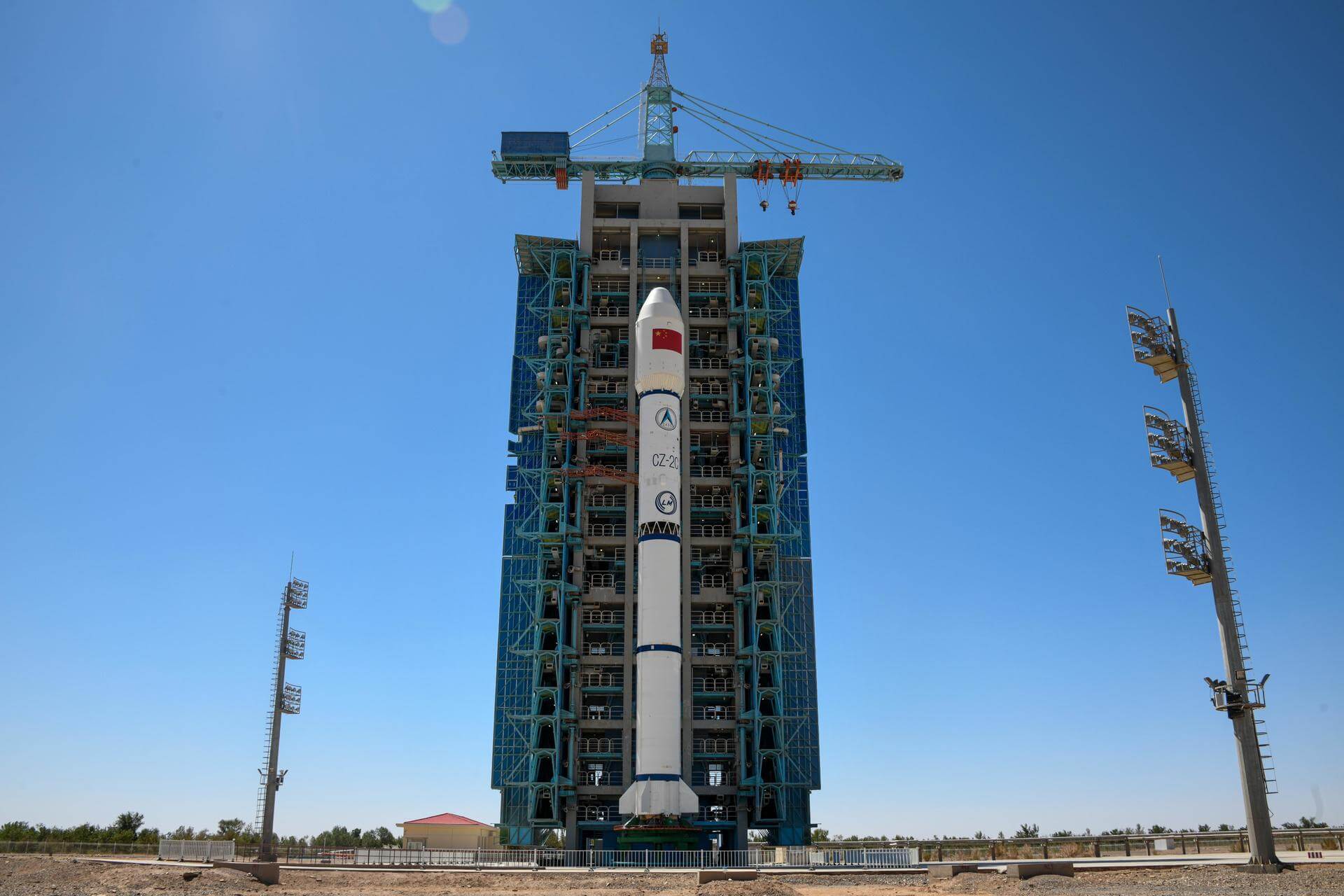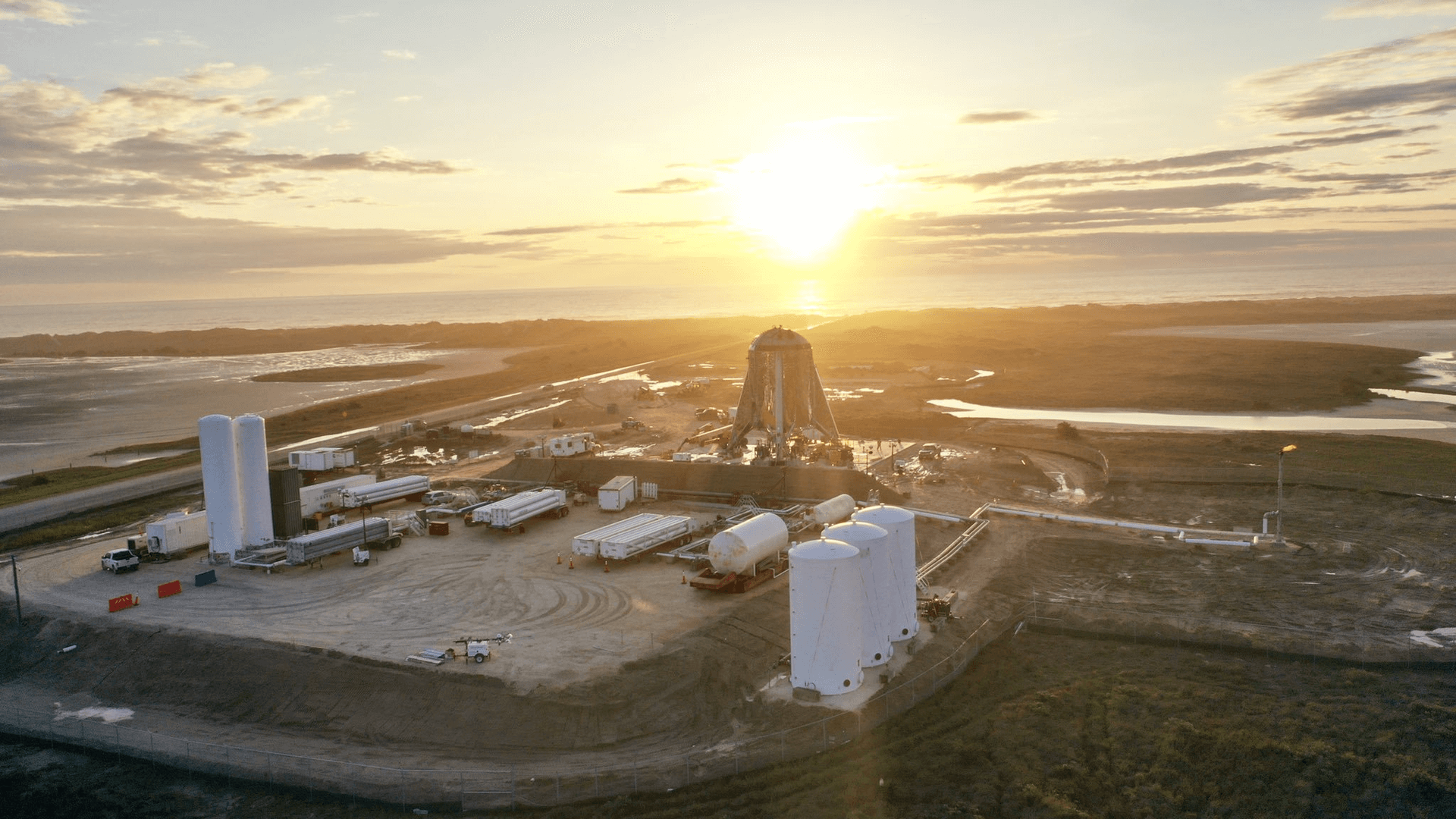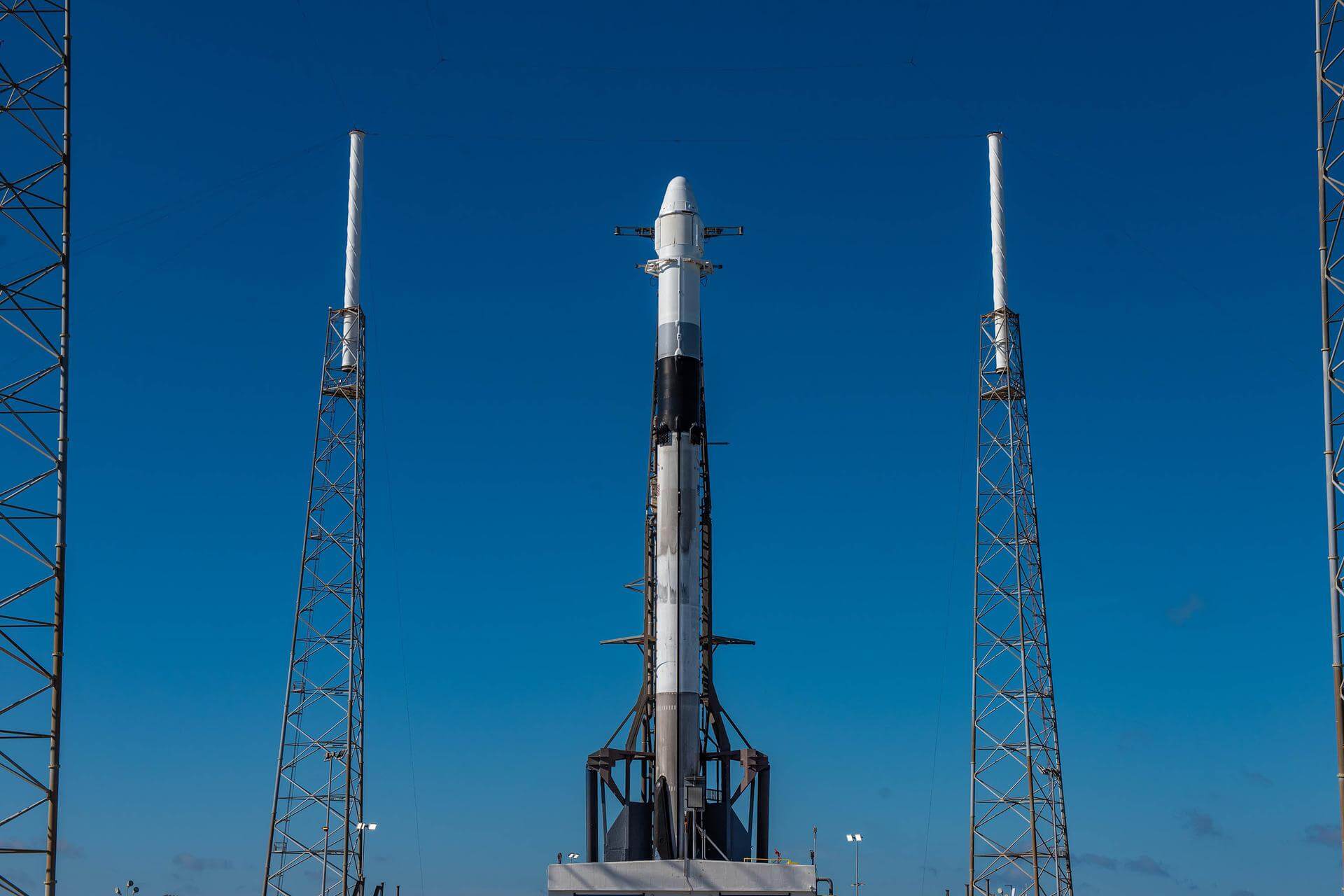Previous Spaceflight Launches
Filter by Agency, Locations or Vehicles
Show All LaunchesAtlas V 551 | AEHF-5 (USA 292)
United Launch Alliance | United States of AmericaCape Canaveral SFS, FL, USA
Aug. 8, 2019, 10:13 a.m.
Status: Launch Successful
Mission:
This is the fifth satellite in the Advanced Extremely High Frequency (AEHF) system, which is a series of communications satellites operated by the United States Air Force Space Command. It provides global, survivable, protected communications capabilities for strategic command and tactical warfighters operating on ground, sea and air platforms.
Geostationary Transfer Orbit #AEHF5Falcon 9 Block 5 | Amos-17
SpaceX | United States of AmericaCape Canaveral SFS, FL, USA
Aug. 6, 2019, 11:23 p.m.
Status: Launch Successful
Mission:
Amos-17 is a multi-band high-throughput satellite which will operate from 17°E, offering Ka-band, Ku-band, and C-Band services to users in Africa, the Middle East and Europe.
Geostationary Transfer Orbit #AMOS17 B1047 - Flight Proven ( ) Atlantic OceanAriane 5 ECA+ | Intelsat 39 & EDRS-C/HYLAS 3
ArianeGroup | FranceGuiana Space Centre, French Guiana
Aug. 6, 2019, 7:30 p.m.
Status: Launch Successful
Mission:
EDRS-C is one of the two EDRS (European Data Relay System) satellites. EDRS is the European constellation of two geostationary data relay satellites that will relay information and data between satellites, spacecraft, unmanned aerial vehicles, and ground stations. Broadband communications payload called HYLAS 3 is placed on EDRS-C satellite, and is to complement HYLAS 1 and HYLAS 2 satellites already in orbit.
Geostationary Transfer OrbitProton-M/Briz-M | Blagovest No.14L (Kosmos 2539)
Khrunichev State Research and Production Space Center | RussiaBaikonur Cosmodrome, Republic of Kazakhstan
Aug. 5, 2019, 9:56 p.m.
Soyuz 2.1a | Progress MS-12 (73P)
Progress Rocket Space Center | RussiaBaikonur Cosmodrome, Republic of Kazakhstan
July 31, 2019, 12:10 p.m.
Soyuz 2.1a/Fregat-M | Meridian-M No.18
Progress Rocket Space Center | RussiaPlesetsk Cosmodrome, Russian Federation
July 30, 2019, 5:57 a.m.
Status: Launch Successful
Mission:
The Meridian series of communications satellites is reported to be the replacement for all the Molniya-1T, the Molniya-3 and Molniya-3K satellite series and possibly also for the communication component of the Parus. They are launched into highly eccentric Molniya-orbits. Meridian is the highly eccentric orbit (HEO) component of the Integrated Satellite Communications System (ISSS), where they work in conjunction with the geostationary Raduga-1M (Globus-M) satellites. The bus structure is reportedly pressurized, possibly based on the Uragan-M bus. Meridian satellites carry three transponders operating in different frequency bands.
Low Earth OrbitMOMO | Flight 4
Interstellar Technologies | JapanHokkaido Spaceport, Japan
July 27, 2019, 7:20 a.m.
Status: Launch Failure
Mission:
The Momo-4 rocket will carry a research device developed by Kochi University of Technology and release a paper plane in space as part of an experiment proposed by Castem Co., a precision parts manufacturer based in Fukuyama, Hiroshima Prefecture, that provided some of the funding for the project.
SuborbitalLong March 2C | Yaogan-30-05
China Aerospace Science and Technology Corporation | ChinaXichang Satellite Launch Center, People's Republic of China
July 26, 2019, 3:57 a.m.
Starship Hopper | 20m Hop
SpaceX | United States of AmericaSpaceX Starbase, TX, USA
July 26, 2019, 3:45 a.m.
Falcon 9 Block 5 | SpX CRS-18
SpaceX | United States of AmericaCape Canaveral SFS, FL, USA
July 25, 2019, 10:01 p.m.
Status: Launch Successful
Mission:
SpaceX launched the Dragon spacecraft on their 18th operational cargo delivery mission to the International Space Station. The flight was conducted under the Commercial Resupply Services contract with NASA.
Low Earth Orbit #CRS18 B1056 - Flight Proven ( ) Landing Zone 1